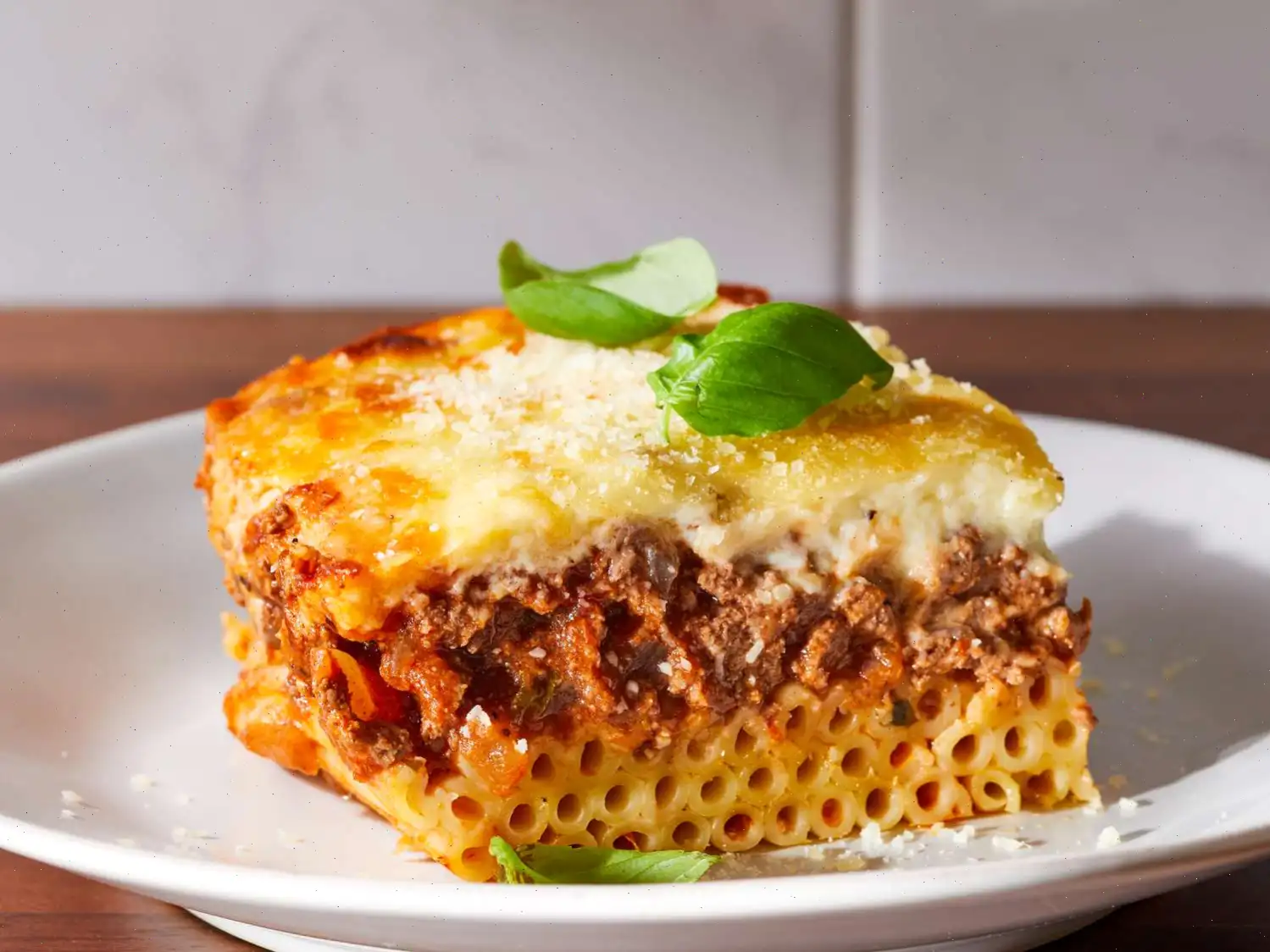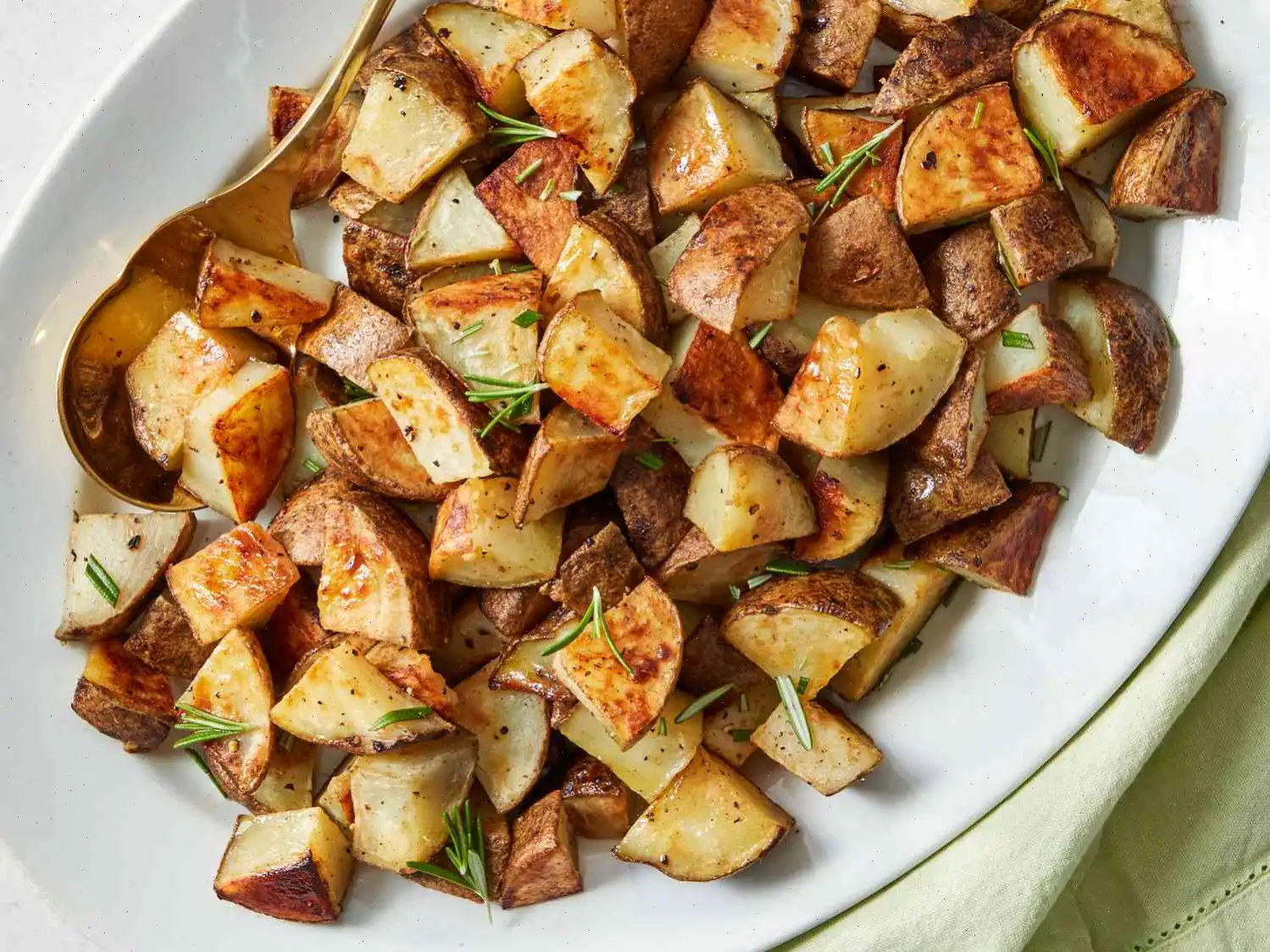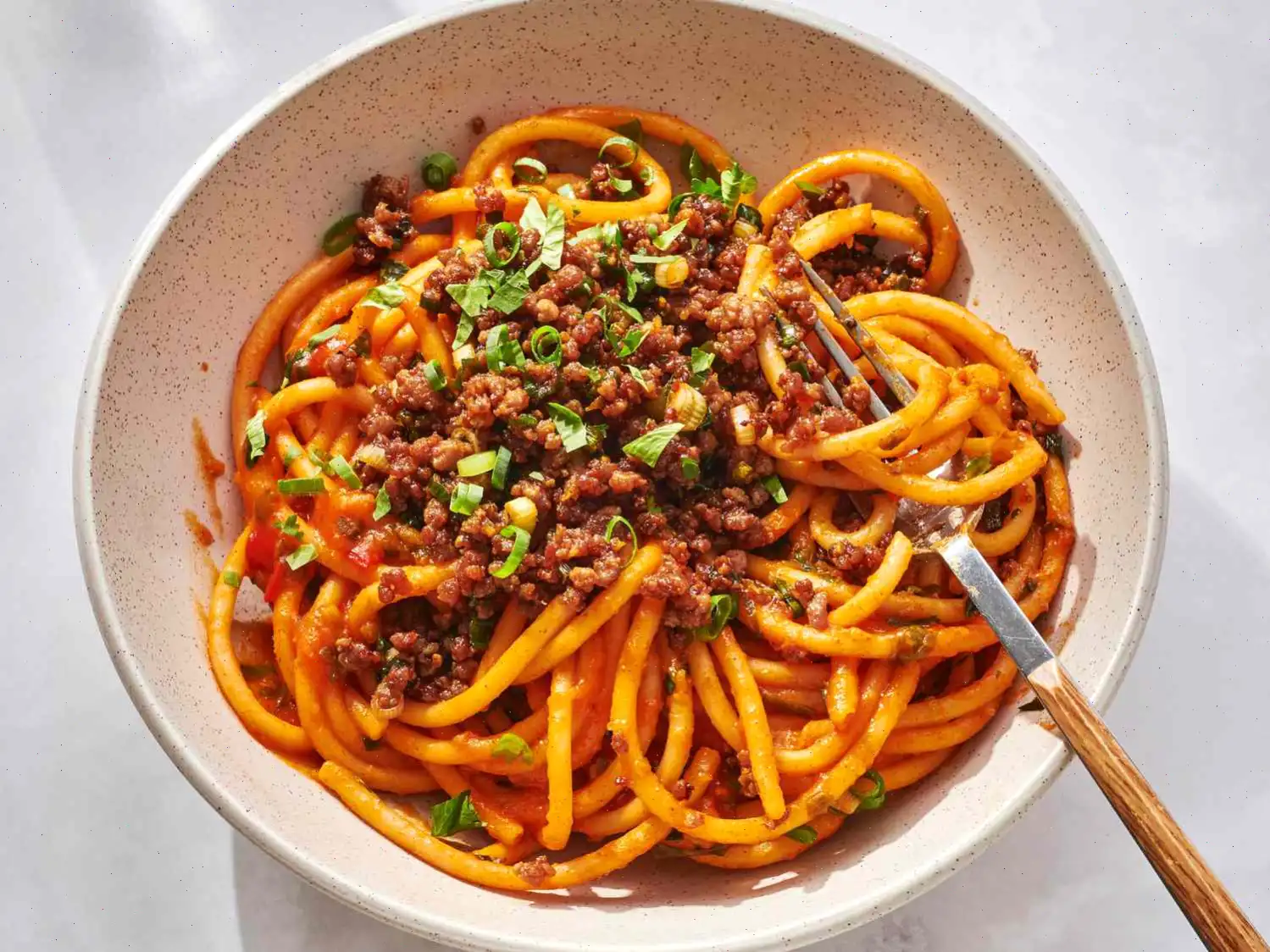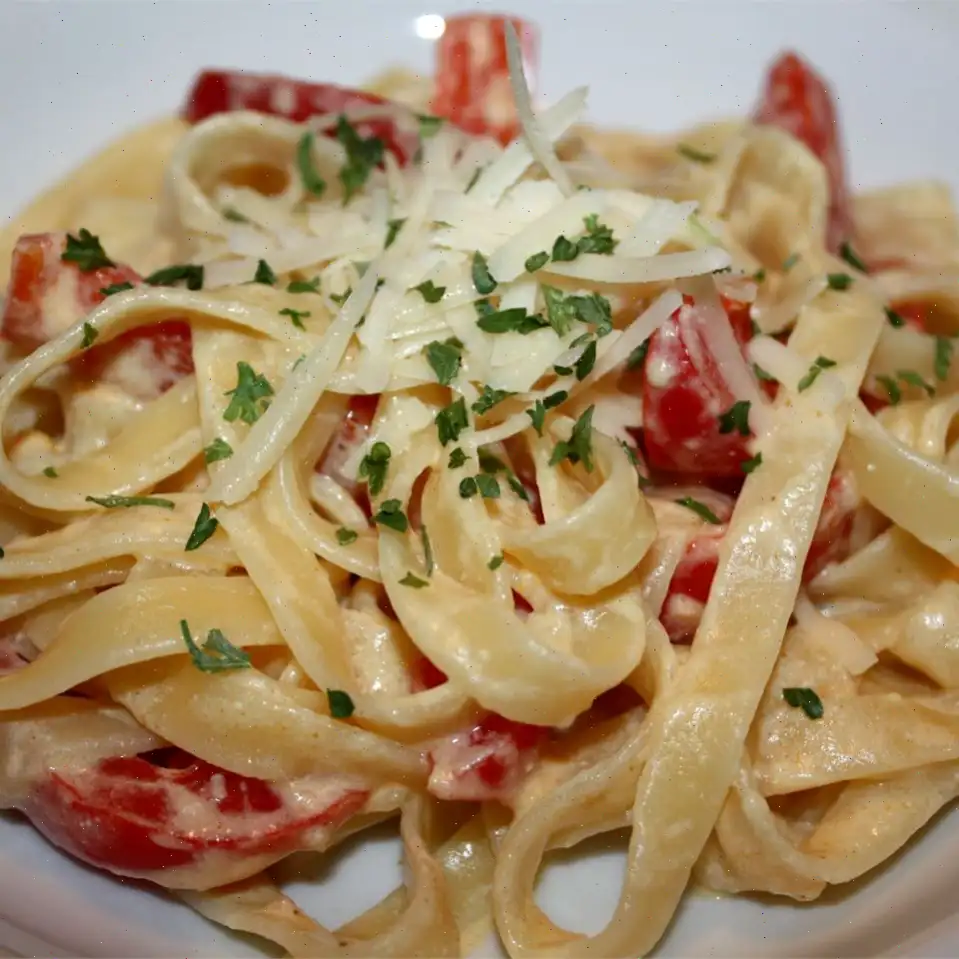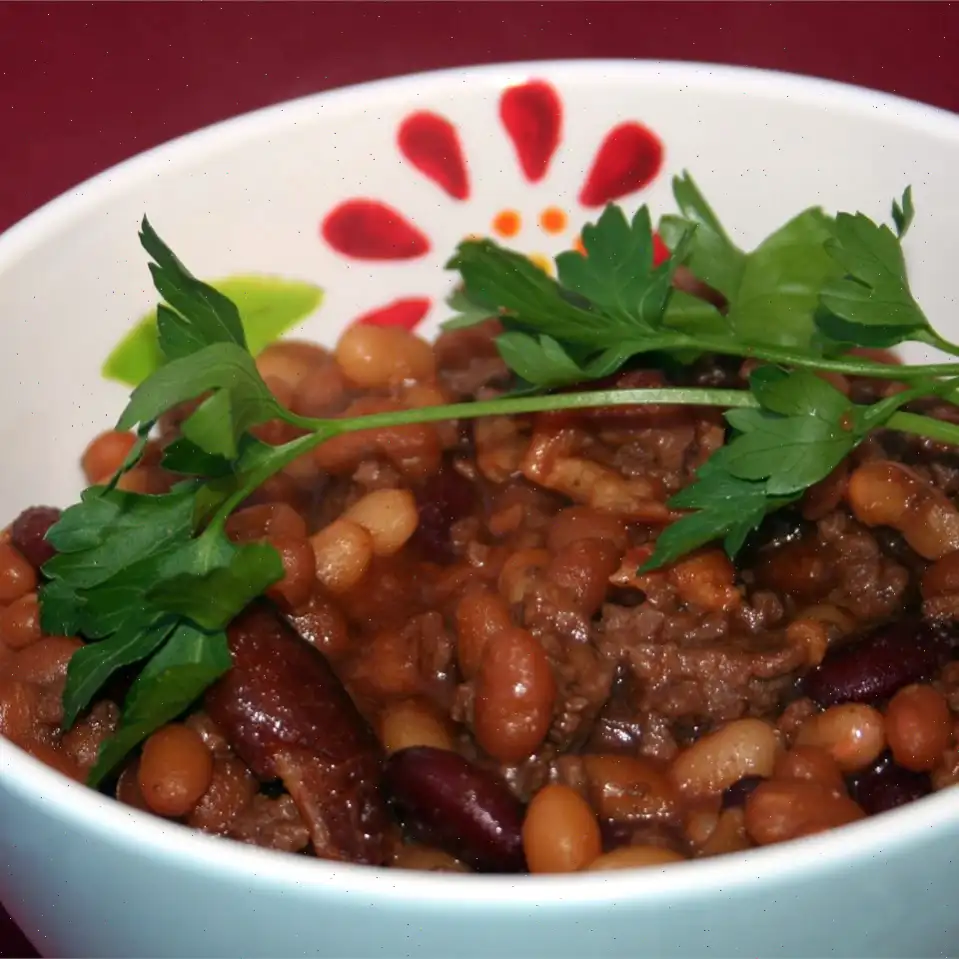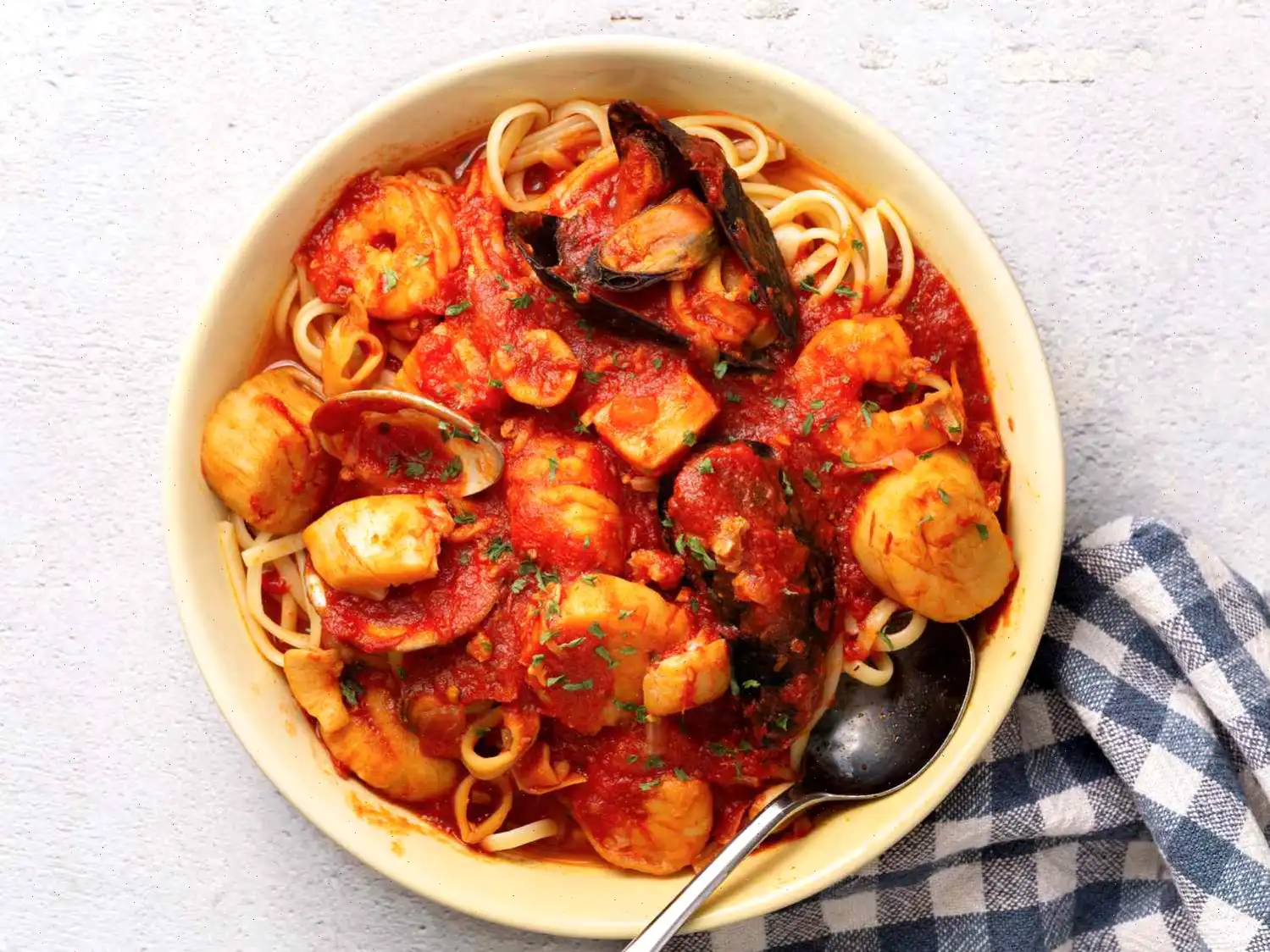
Linguine alla Vongole Recipe
Ingredients
- 2 tablespoons olive oil, or as needed
- 1/4 white onion, minced
- 2 cloves garlic, minced
- 1/2 teaspoon crushed red pepper
- 3/4 cup dry white wine
- 2 bay leaves
- 1 tablespoon chopped fresh parsley, plus more for garnish
- 1 teaspoon fresh oregano leaves
- 1 teaspoon fresh thyme leaves
- 1/2 teaspoon freshly ground black pepper
- 1/2 teaspoon salt
- 2 (8 ounce) bottles clam juice
- 4 (6.5 ounce) cans chopped clams, drained, juice reserved
- 1 tablespoon cornstarch, or as needed
- 8 ounces linguine pasta
- 12 fresh cherrystone or littleneck clams
- 2 tablespoons freshly grated Parmesan cheese, or as needed
Directions
Step 1: Pour a thin layer of olive oil into a saucepan over medium-low heat. Add the minced onions and saut until they become soft and fragrant, about 5 minutes.
Step 2: Add the minced garlic and crushed red pepper to the saucepan. Saut for an additional 30 seconds until fragrant.
Step 3: Pour in the dry white wine, bay leaves, parsley, oregano, thyme, black pepper, and salt. Increase the heat and bring the mixture to a simmer. Cook until the volume has reduced by half.
Step 4: Stir in the bottled clam juice, along with the clam juice from 3 cans of chopped clams (set the chopped clams aside to use later). Reduce the heat to medium.
Step 5: In a small jar with a tight-fitting lid, combine the clam juice from the remaining can of chopped clams with cornstarch. Shake to mix and place the jar in the refrigerator for later use to thicken the sauce.
Step 6: Simmer the sauce over medium heat, stirring frequently, until it thickens to a sauce-like consistency, about 20 minutes.
Step 7: While the sauce is simmering, bring a large pot of lightly salted water to a boil. Cook the linguine in the boiling water until tender yet firm to the bite, about 11 minutes. Drain the pasta and set it aside to keep warm.
Step 8: While the pasta cooks, steam the clams. In a pot with a steamer rack, bring water to a boil. Steam the whole clams over medium heat, covered, stirring or shaking the pot occasionally, until they open, about 5 to 7 minutes. Set them aside.
Step 9: Add the chopped canned clams to the simmering sauce and cook for about 3 minutes until heated through.
Step 10: If the sauce is still too thin, shake the refrigerated clam juice-cornstarch slurry, and gradually pour it into the sauce, stirring until it thickens to the desired consistency. The starch from the linguine will also help thicken the sauce a bit.
Step 11: Toss the linguine in the pan with the clam sauce, ensuring it is evenly coated.
Step 12: Divide the linguine among individual plates. Top each plate with steamed clams. Sprinkle with freshly grated Parmesan cheese and garnish with fresh parsley.
Nutrition Facts (per serving)
| Calories | Fat | Carbs | Protein |
|---|---|---|---|
| 601 | 13g | 38g | 71g |
Nutrition Information (per serving)
- Total Fat: 13g (16% DV)
- Saturated Fat: 2g (11% DV)
- Cholesterol: 155mg (52% DV)
- Sodium: 1791mg (78% DV)
- Total Carbohydrates: 38g (14% DV)
- Dietary Fiber: 1g (5% DV)
- Protein: 71g (143% DV)
- Vitamin C: 23mg (25% DV)
- Calcium: 252mg (19% DV)
- Iron: 9mg (49% DV)
- Potassium: 1955mg (42% DV)
* Percent Daily Values are based on a 2,000 calorie diet. Your daily values may be higher or lower depending on your calorie needs.

History and Origins
Linguine alla Vongole is a classic Italian dish that hails from the coastal regions of Italy, particularly the Campania and Lazio regions. The dish features linguine pasta, a long, flat noodle similar to spaghetti, paired with clams, olive oil, garlic, white wine, and fresh herbs. While pasta with seafood is common in many Mediterranean countries, the combination of linguine and clams is deeply rooted in Italian culinary tradition. The dish is believed to have originated from the coastal towns of Naples and the Amalfi Coast, where fresh seafood is abundant. Over time, it has become a staple of Italian cuisine, adored by locals and tourists alike for its delicate flavors and satisfying simplicity.
Regional Differences
While the basic concept of Linguine alla Vongole is the same across Italy, regional variations do exist. In Naples, for instance, its common to use fresh, small clams like the vongole veraci (a type of Mediterranean clam). In some areas, like the Amalfi Coast, you might find a version that includes a touch of lemon zest or other local ingredients that enhance the natural flavor of the seafood. The choice of pasta can also vary slightly; although linguine is the most traditional, other types of pasta, such as spaghetti or vermicelli, may be used depending on the region or personal preference.
Differences from Similar Dishes
Linguine alla Vongole stands apart from other pasta dishes featuring clams, like Spaghetti alle Vongole, mainly because of its choice of pasta. The linguine, being slightly thicker and wider than spaghetti, holds onto the sauce more effectively, providing a more textured bite. Additionally, while some clam-based pasta dishes use a tomato-based sauce, Linguine alla Vongole is typically made with a lighter, more delicate white wine sauce, often with the inclusion of garlic, olive oil, and herbs, allowing the fresh clam flavor to shine. The addition of fresh parsley and a sprinkling of Parmesan at the end also distinguishes it from other seafood pasta dishes.
Where It Is Typically Served
Linguine alla Vongole is most commonly served in coastal restaurants and trattorias throughout Italy, particularly along the Mediterranean and Adriatic coasts. In regions such as Naples and the Amalfi Coast, its a popular dish in both casual eateries and fine dining establishments. The dish is typically enjoyed as a main course during lunch or dinner. Outside of Italy, it has become a beloved option in Italian restaurants worldwide, particularly in seafood-focused eateries. In the United States, for example, it's often featured on menus near the coast, from New York to California, where fresh clams are readily available.
Interesting Facts
1. In Italian cuisine, the term "vongole" simply means clams, but there are various types of clams used depending on availability. In addition to the vongole veraci, you might find "littleneck" clams or "cherrystone" clams used in this dish.
2. The dish is known for its simplicityjust a few ingredients are used, yet the result is rich and flavorful. This simplicity is a hallmark of Italian cooking, where the quality of each ingredient shines.
3. Linguine alla Vongole is often paired with a light white wine, which complements the briny clams and enhances the dish's freshness. Some even suggest that a dry, crisp Vermentino or a Pinot Grigio is the perfect wine to accompany it.
4. The dish is considered an example of "cucina povera" or "poor cooking," which refers to Italy's tradition of making delicious meals from humble, affordable ingredients, often with an emphasis on fresh produce and seafood.
Conclusion
Linguine alla Vongole is much more than just a pasta dishit's a celebration of Italian coastal cuisine. With its simple yet flavorful combination of linguine and clams, it transports you to the Mediterranean shores with every bite. Whether youre savoring it at a small trattoria in Naples or preparing it in your own kitchen, this dish embodies the essence of Italian cooking: fresh ingredients, bold flavors, and an uncomplicated approach. So, next time you're in the mood for a seafood pasta dish, Linguine alla Vongole is the perfect choice.
You can listen to this recipe in AI audio format. Simply click the play button below to listen to the content in a format that suits you best. It’s a great way to absorb information on the go!
FAQ about Linguine alla Vongole Recipe
Comments
Tyler Rodriguez
04/26/2024 10:56:17 AM
This dish is hands down my favorite, it truly tastes like it's straight from a restaurant! I stuck closely to the recipe and also threw in some diced baby Bella mushrooms for extra flavor!



